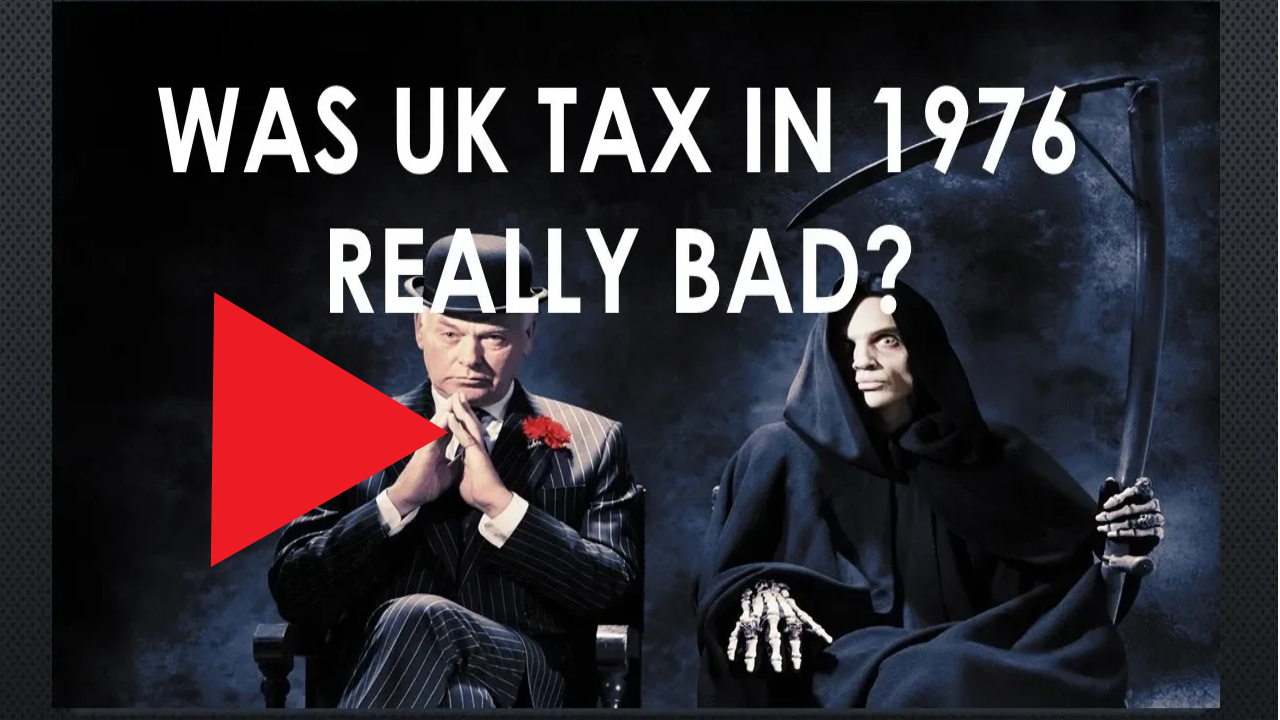
The Background
Britain did not feel like a good place to be in 1976. Government expenditure was 64.8 % of GDP – we were still in recession. The government was forced to beg the IMF for a bailout loan. There had been a major economic shock with the tripling of the oil price in 1973. But this was against the backdrop of the decline of traditional British industries, inefficient production and high inflation. The trade unions and the employers were often in dispute. Strikes were common. We had endured the 3 day week in 1973-4 when the miners went on strike again and electricity supplies were limited to 3 days per week. Petrol rationing coupons were issued but never used. In the aftermath of the 3 day week, the Conservative Government under Ted Heath was defeated and in 1974 and Labour formed a minority government under Harold Wilson. The miners then got a 35% immediate pay rise followed by another 35% the following year.
Harold Wilson then hung on to power until 1976 when he resigned and was followed by James Callaghan. The unions under the TUC accepted voluntary wage restraint in place of statutory wage controls. In August 1975 the £6 per week pay rise limit became effective. The government was still trying to control imports by imposing import quotas, whilst also levying import tariff charges Average inflation was 9.2% in 1973, 16.0% in 1974, 24.2% in 1975 and 16.5% in 1976 Interest rates fluctuated wildly during the recession with a low of 9.0% in March 1976 and a high of 15.0% in October 1976.
So what were taxes really like in 1976?
Tax was seen as an instrument of redistribution of wealth. Income Tax There were bands of income tax depending on the level of income peaking at 83% which was levied on incomes above £20,000 broadly about 200,000 today. The lowest rate was 33% on amounts above the basic allowance which was £1,555 for a married man with 2 children. Then unearned income or investment income as we should call it now suffered a further surcharge of 15%. This made the top rate of income tax 98%. Denis Healey the chancellor said in 1974 when this rate was introduced that he saw this redistribution as a major contribution to the health of the community and that he wished to go much further. But it was worse than that
National Insurance
There was National Insurance which was levied on both the Employer and Employee across 4 different bands. The basic rate up to the upper earnings limit of £95 a week was 5.5% for the employees and 8.5% for the employer. But it was worse than that.
Capital Gains Tax
With inflation running wild Capital Gains Tax was effectively a tax on inflation. Denis Healey explained that indexing it would unfairly help those with capital whilst those with income could not do anything about it. Again the rates were banded with the top rate of 50% applying between 5000 and 9500 and bizarrely 30% thereafter.
Corporation Tax
Corporation tax was levied in 2 bands – the small rate at 42% and the main rate 52%. Because this meant that you could leave money in a company rather than pay it out and pay corporation tax rather than income tax and hence save tax there was a rule called shortfall – which meant that if the Revenue said you should have paid it as salary – they would tax it as if it had been But it was worse than that.
VAT
New fangled VAT had just been introduced in 1973 which replaced the old purchase tax. Purchase tax was levied on 75,000 companies whereas 1.3million companies now had to collect tax for Customs and Excise. It had meant a complete overhaul of all accounting systems. In 1976 it had 2 bands at 8% for most transactions and 12.5% for luxury goods. But it was worse than that. Capital Transfer Tax Capital transfer tax was introduced in 1975 to replace the old Estate Duty. The lower limit above which it was payable was £15,000. There were hardly any exemptions. The tax was banded peaking at 75% of the amount transferred above 2m and 70% above 1m. But it was worse than that.
Import Duties
There was a range of import duties determined by rates set by the EEC on goods entering the UK with rates varying from near zero to 13.9% for special fabrics, followed by 12.4% for footwear. Electrical machinery was taxed at 9.1%. These duties were reflected in the sale price of the goods in the UK.
Rates
There were property taxes taken out as rates.
Stamp Duty
Stamp duty was also in existence and was again banded peaking at 2% for transactions exceeding 30,000.
Excise Duty
Then there were the excise duties on petrol, alcohol and tobacco and VAT was imposed on top of those levies.
Licences
Then licences were another source of income for HMG ,dog licences, gun licences, passport costs, car and other vehicle licences and road fund taxes. A basic road tax was £40 a year.
Industry Specific Levies
I know of training levies imposed on Construction, Engineering and Clothing industries but there were others.
